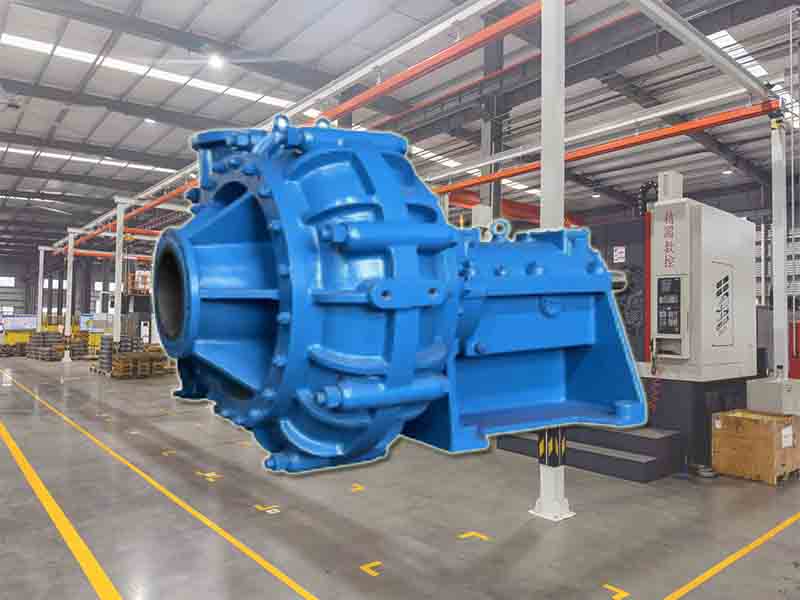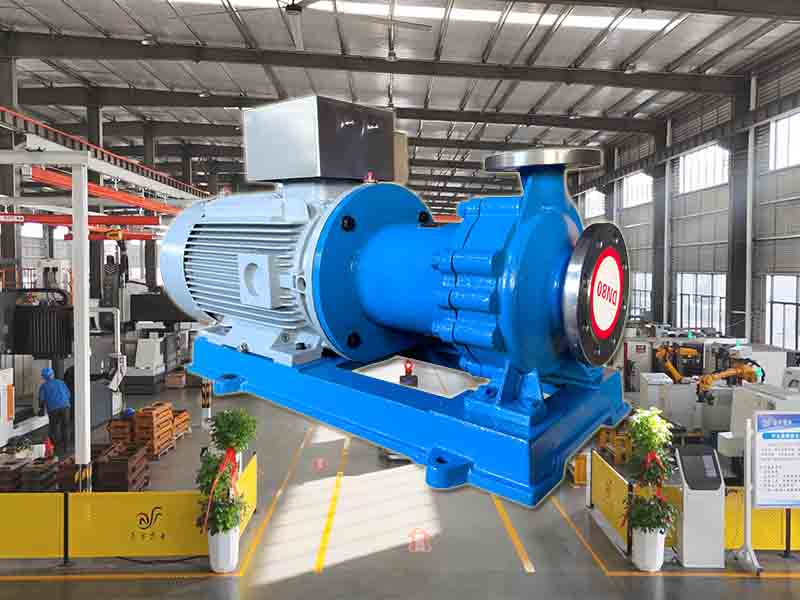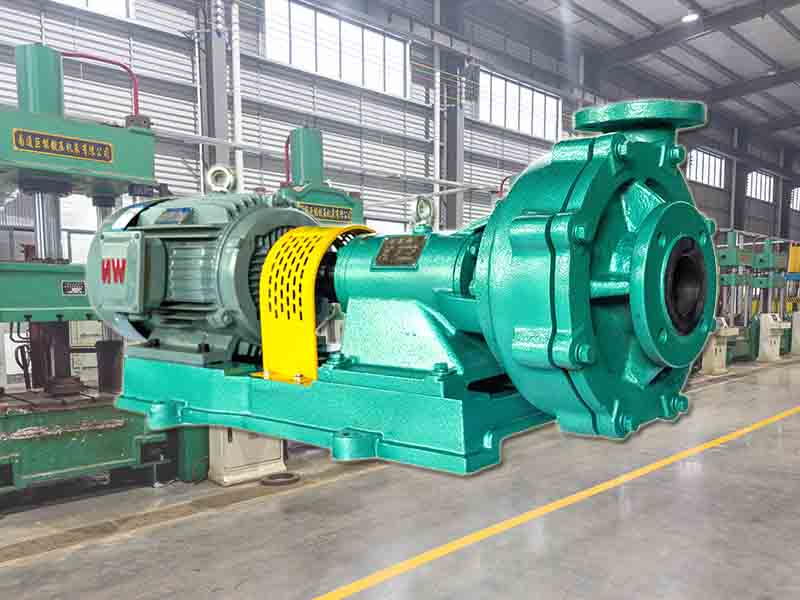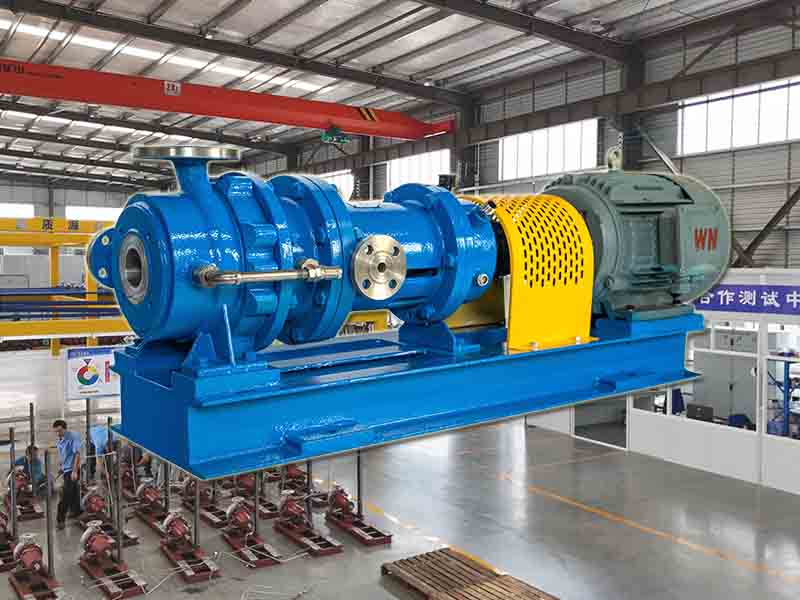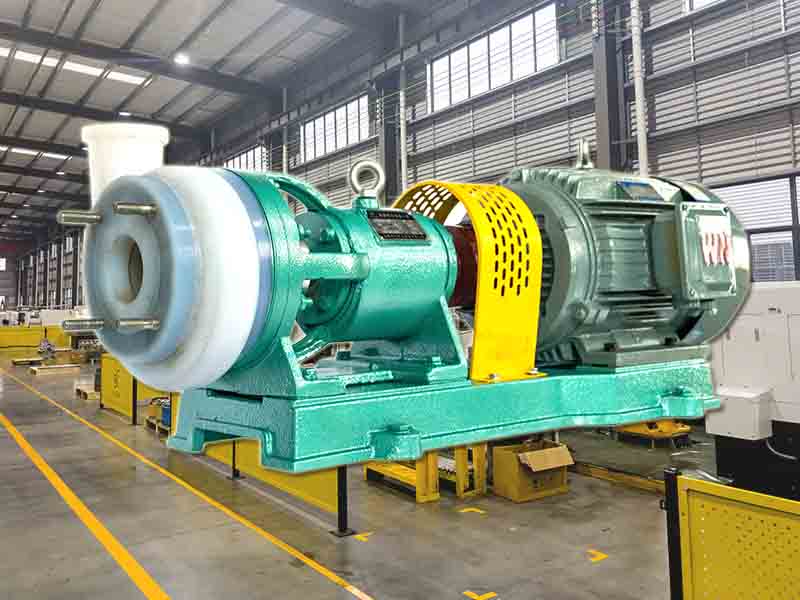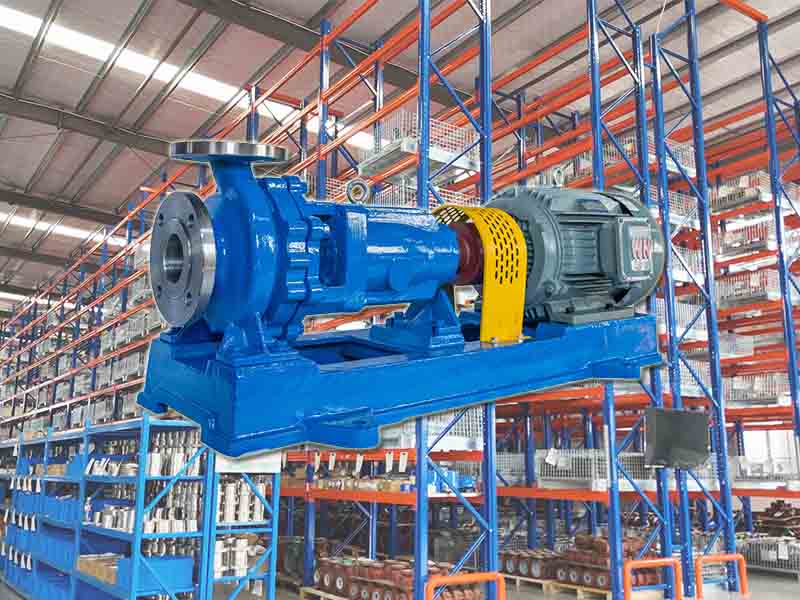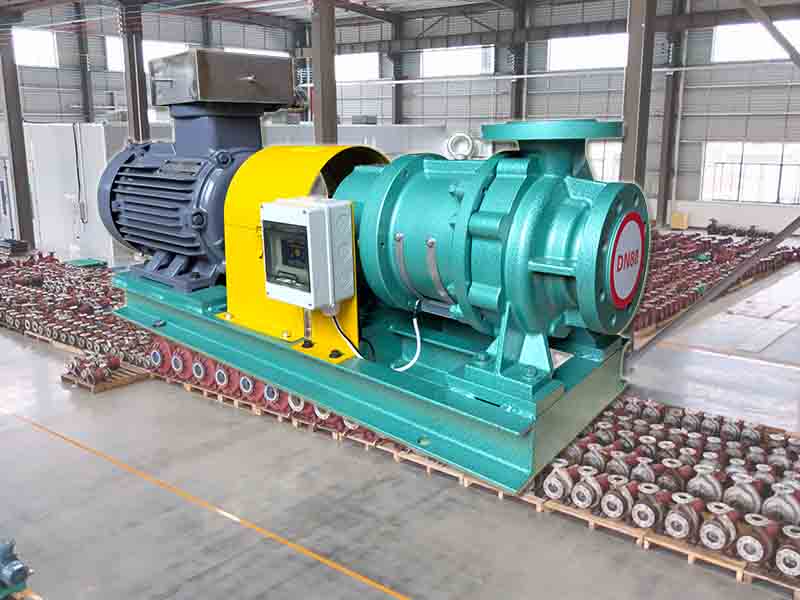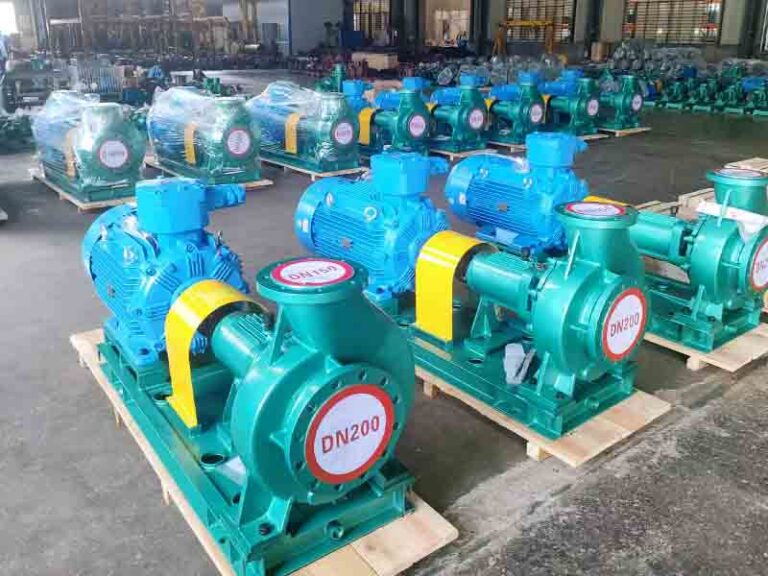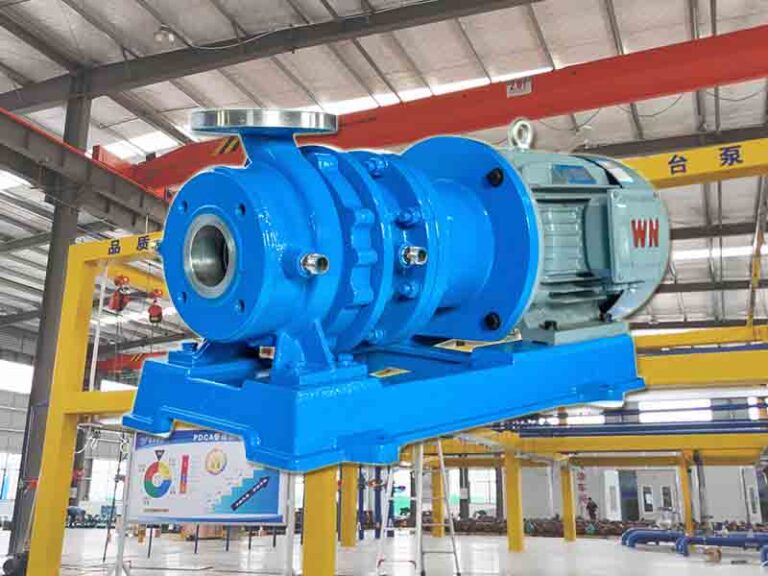Understanding how to correctly identify and design the inlet and outlet of a centrifugal pump is essential for ensuring optimal performance and longevity. Whether you’re dealing with a magnetic drive pump, a chemical centrifugal pump, or a high-temperature resistant model, knowing these details helps reduce cavitation, improve efficiency, and ensure safe operation. In this article, we’ll walk through practical tips to identify pump inlets and outlets, explain their design logic, and explore best practices for installation.
Overview of Pump Inlet and Outlet
Inlet design: The inlet of a magnetic centrifugal pump is usually designed with a larger diameter. This has many benefits, as it allows the liquid to flow more smoothly into the centrifugal pump. Moreover, its unique shape and structure can effectively reduce the resistance encountered when the liquid flows, greatly enhancing the suction capacity of the centrifugal pump.
Function: The main function of the inlet is to create good conditions for the liquid to enter the centrifugal magnetic drive pump, so that the liquid can enter smoothly, and then lay a solid foundation for the subsequent pressurization and transportation of the liquid. At the same time, a reasonable inlet design can also prevent the occurrence of cavitation. If cavitation occurs, it will affect the normal operation of the chemical centrifugal pump, so the inlet design is indispensable in ensuring the stable operation of the electric centrifugal pump.
How To Identify The Inlet And Outlet Of Pumps
There are many types of centrifugal pumps, but don’t worry, we can use the following methods to identify its inlet and outlet.
- Generally speaking, the diameter of the pipe at the outlet of the electric centrifugal drive pump is often smaller than that of the inlet. It’s like water flows out of the outlet through a “narrowing” channel, so you can roughly judge by observing the size of the pipe diameter.
- Looking at the magnetic centrifugal drive pump in the direction of the motor, at this time, the inlet is usually at the lower right position of the pump head. This is a common position feature, so you can pay attention to it.
- On the outlet side, components such as pressure gauges, check valves and diversion devices are generally installed. These components are like “signs”. Seeing them can basically determine that it is an outlet.
- If the centrifugal chemical pump has not been installed yet, if you can see the impeller from the flange, then this side corresponds to the outlet, and you can easily distinguish it through this trick.
- If the inlet and outlet of the stainless steel centrifugal pump are axial and radial respectively, then the axial one is the inlet, and the radial one is the outlet. This is a feature that is easier to distinguish.
- If the inlet and outlet of the centrifugal self-priming pump are both radial, then from the motor end to the direction of the centrifugal pump, the left one is the inlet and the right one is the outlet. Judging by this direction, it is generally not wrong.
- In addition, most centrifugal pump manufacturers will mark the direction of the centrifugal pump on the pump body. At this time, the direction pointed by the arrow is the outlet, and vice versa, it is the inlet. This is a “little tip” given to us by the manufacturer.
The Size Of Inlet And Outlet Of The Pump
The inlet size of explosion-proof centrifugal pumps is usually larger than the outlet size. This is because the inlet is in a low-pressure state. When the liquid is in this position, the density is relatively small and the flow rate is relatively slow. In order to meet the requirements of liquid supply balance and ensure that there is enough pressure head at the inlet to avoid cavitation, it is necessary to design the inlet larger.
At the outlet, the liquid flow rate is faster. Under the same pipe diameter, the flow rate is also larger, so the outlet is relatively smaller. Moreover, the larger the diameter of the inlet pipe, the smaller the suction resistance encountered when the liquid enters. The smaller the outlet diameter, the better the pressure at the outlet of the high-temperature resistant centrifugal pump. Their size design is exquisite.
In general, the inlet diameter of the fluoroplastic centrifugal pump is larger than the outlet diameter, and the flow rate of the suction pipe will vary due to different pipe diameters. When the pipe diameter is less than 250, the flow rate is about 1 – 1.2 m/s; if the pipe diameter is in the range of 250 – 1000, the flow rate is 1.2 – 1.6 m/s. From a technical point of view, the maximum speed of the water flow cannot exceed 2.5 – 3.0 m/s, and the minimum speed cannot be less than 0.6 m/s. If the flow rate is too small, impurities in the liquid will easily settle down, affecting the normal use of the centrifugal pump.
Advantages Of Low Flow Rates In Centrifugal Pump Inlets
- The low inlet flow rate is particularly helpful for increasing the cavitation margin of the device, so that the magnetic pump is not prone to cavitation. Once cavitation occurs, the damage to the centrifugal pump is not small, so this advantage is very important.
- The scouring of the pipeline will be relatively small, especially when the transported medium contains particles, the low flow rate can reduce the friction and impact of the particles on the pipeline, and extend the service life of the pipeline.
- It is not easy to generate static electricity. This is a critical point in some environments that are sensitive to static electricity. It can ensure that the entire operation process of the chemical pump is safer and more reliable.
- The pressure drop at the inlet filter will be relatively small, so that the liquid can enter the centrifugal pump more smoothly, and the normal inflow of the liquid will not be affected by excessive pressure drop.
- In the same cross section, the medium can flow very evenly, and the corresponding hydraulic loss is relatively small, which is very beneficial for improving the overall efficiency of the magnetic drive pump.
Pump Outlet And Deep Protection Pipeline Design
There are many things to pay attention to at the centrifugal pump outlet. The outlet cannot be directly connected to the elbow, otherwise the liquid flow will be affected and some unexpected situations are prone to occur. A drain valve must be set between the stop valve and the check valve at the outlet of the magnetic pump. This drain valve is like a “little guard” that can discharge excess or abnormal liquid when needed.
The installation of the centrifugal pump outlet pressure gauge is also very important. It is generally installed on the short pipe between the pump port and the check valve. Of course, it can also be installed on the outlet reducer. Moreover, there must be a root valve at the pressure gauge connection, and the head of the pressure gauge should face the operating surface, so that the operator can easily read the pressure value and timely understand the pressure situation of the chemical pump outlet, so as to make an accurate judgment on the operating status of the centrifugal pump.
Conclusion
Proper identification and design of the inlet and outlet of a centrifugal pump are fundamental to the safe and efficient operation of fluid handling systems. From preventing cavitation to reducing hydraulic loss, each detail—from pipe diameter to pressure gauge placement—matters. By applying the principles outlined in this guide, operators and engineers can ensure smoother operations, longer pump lifespan, and better system stability.



